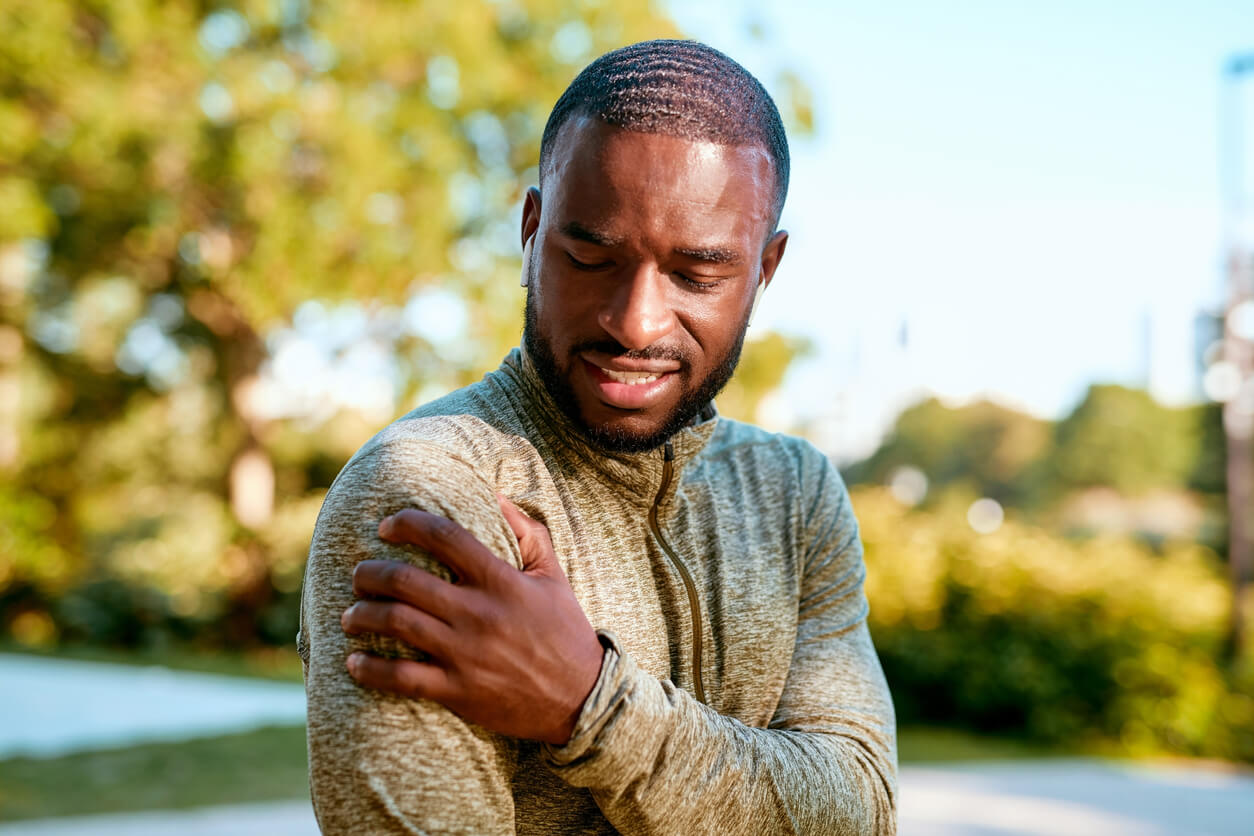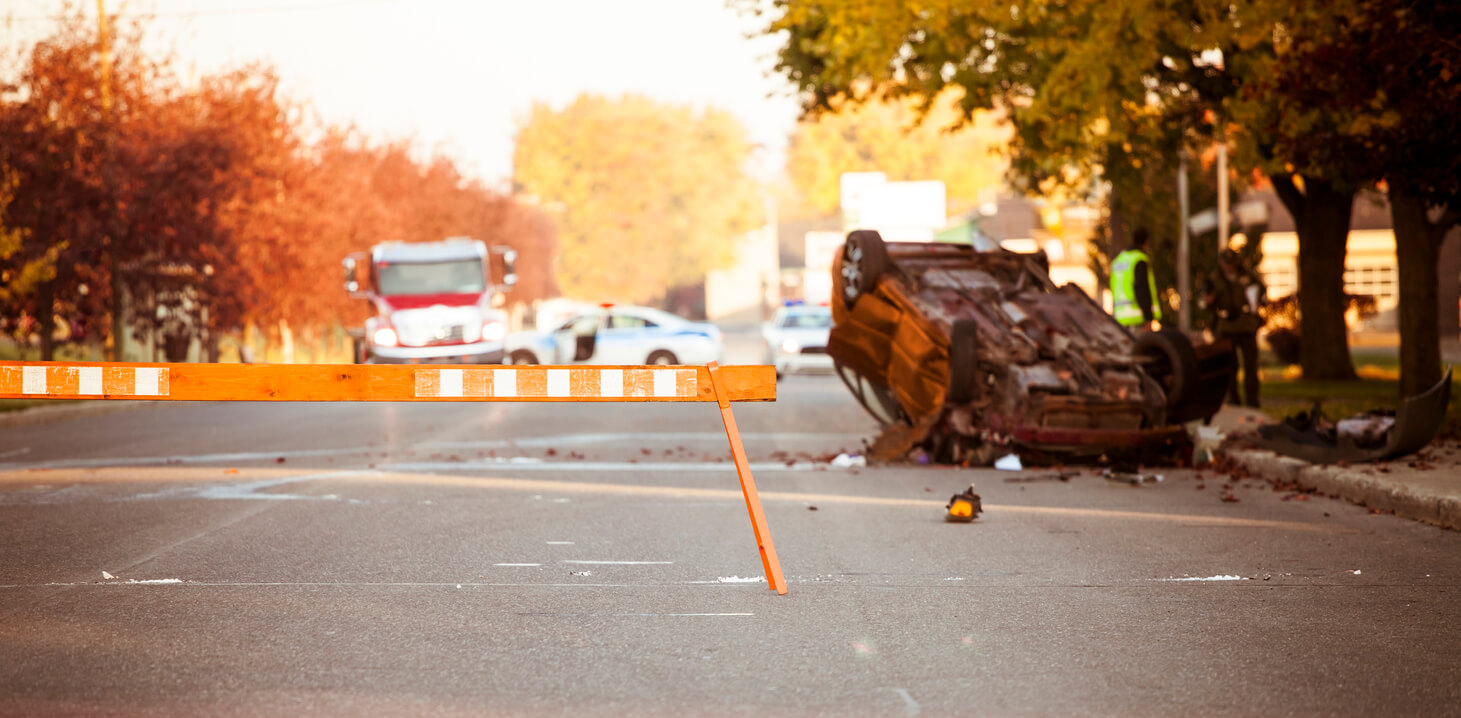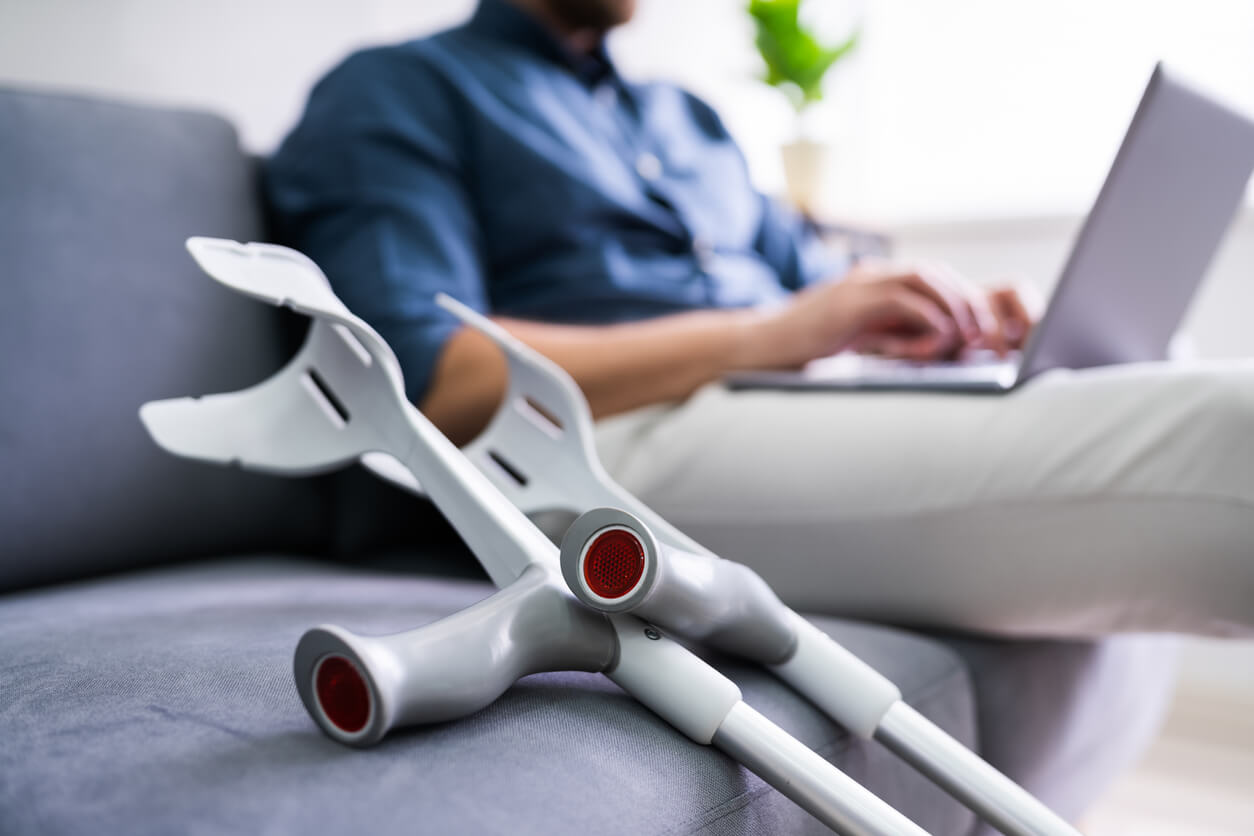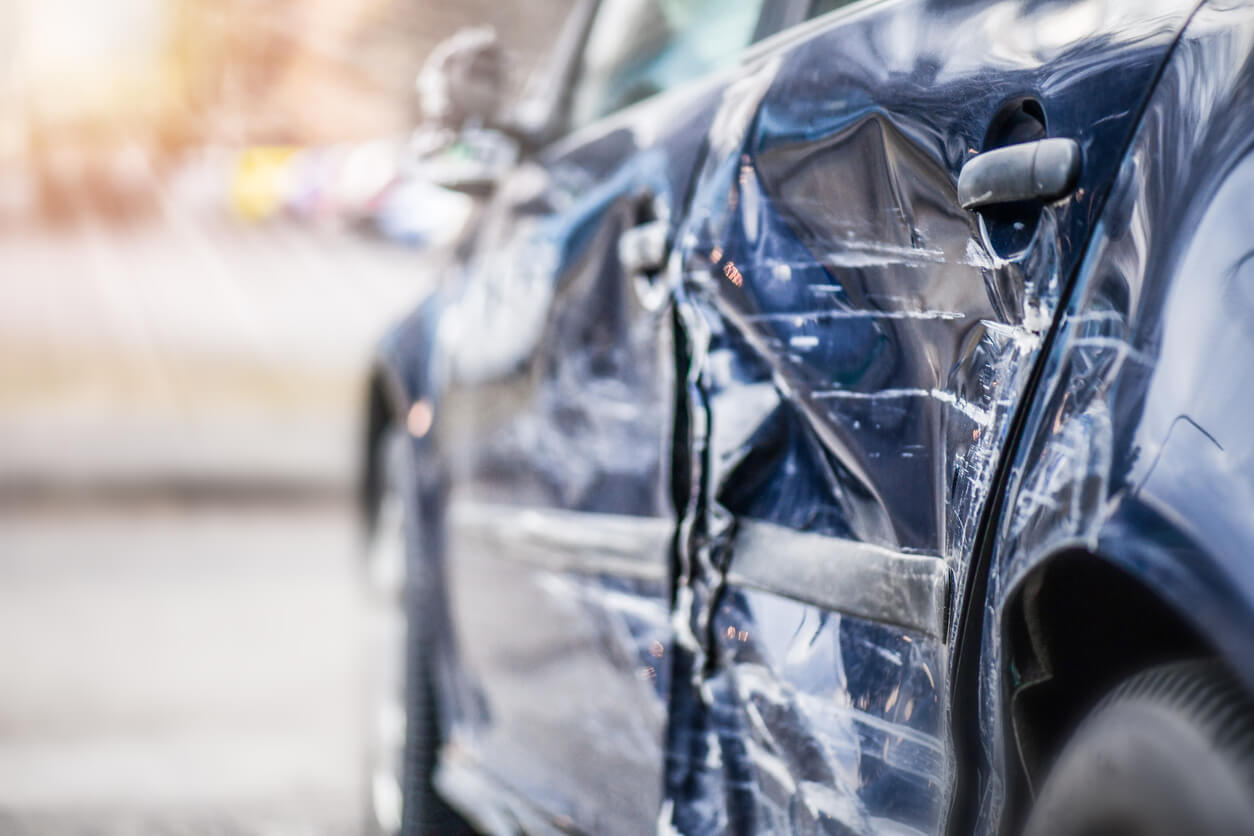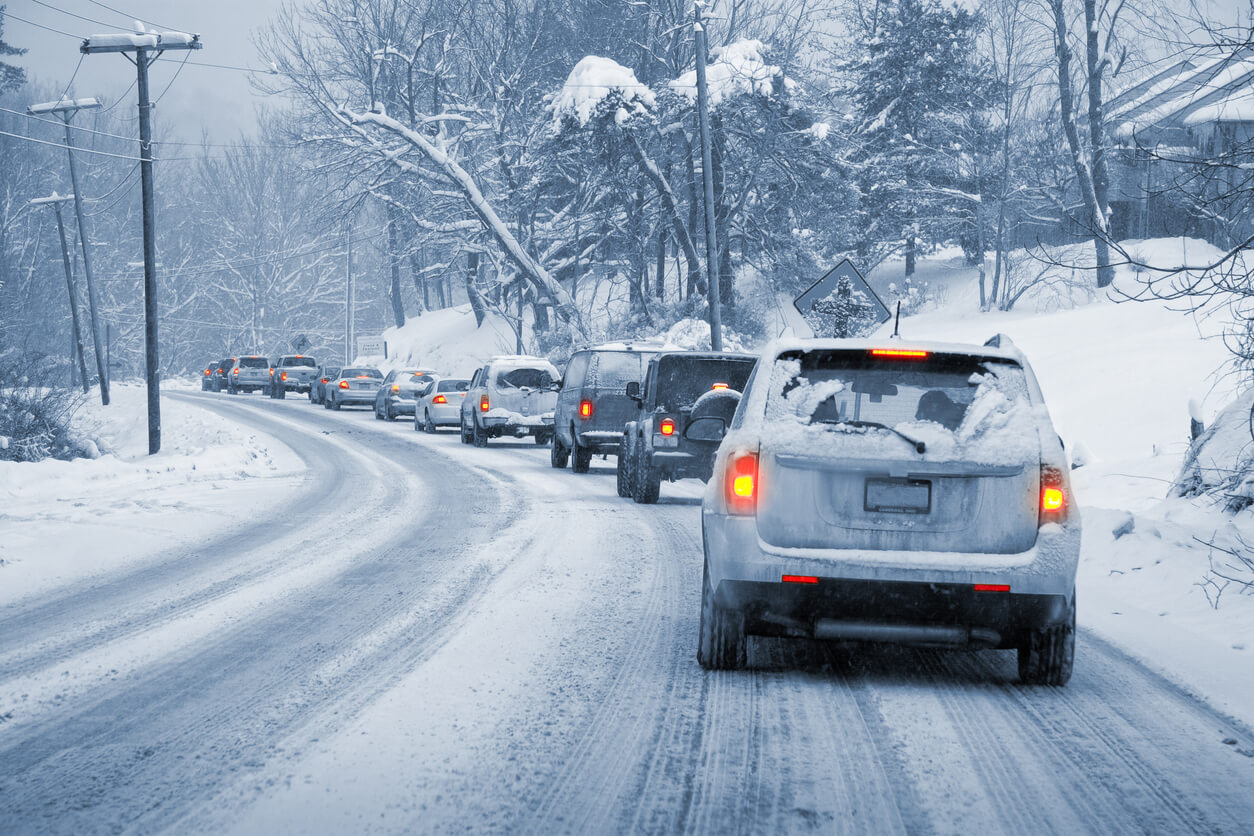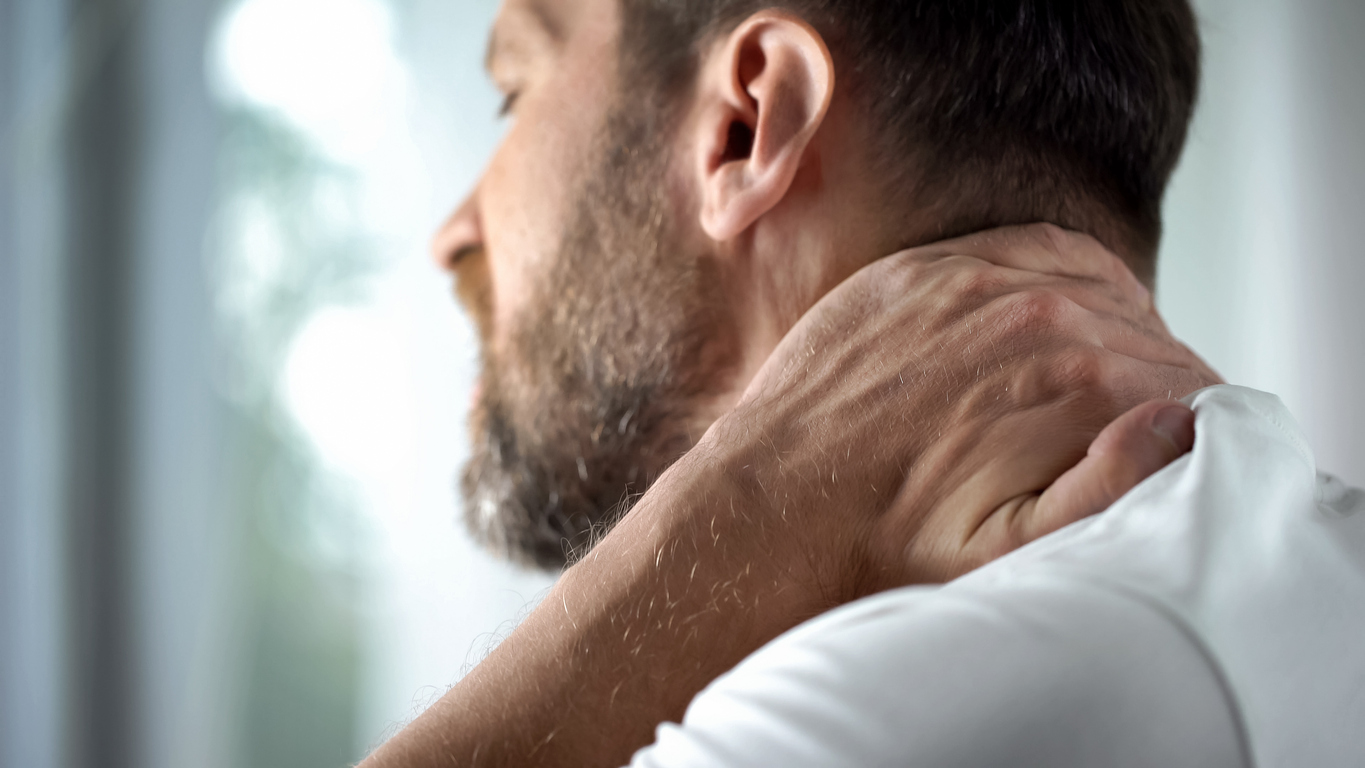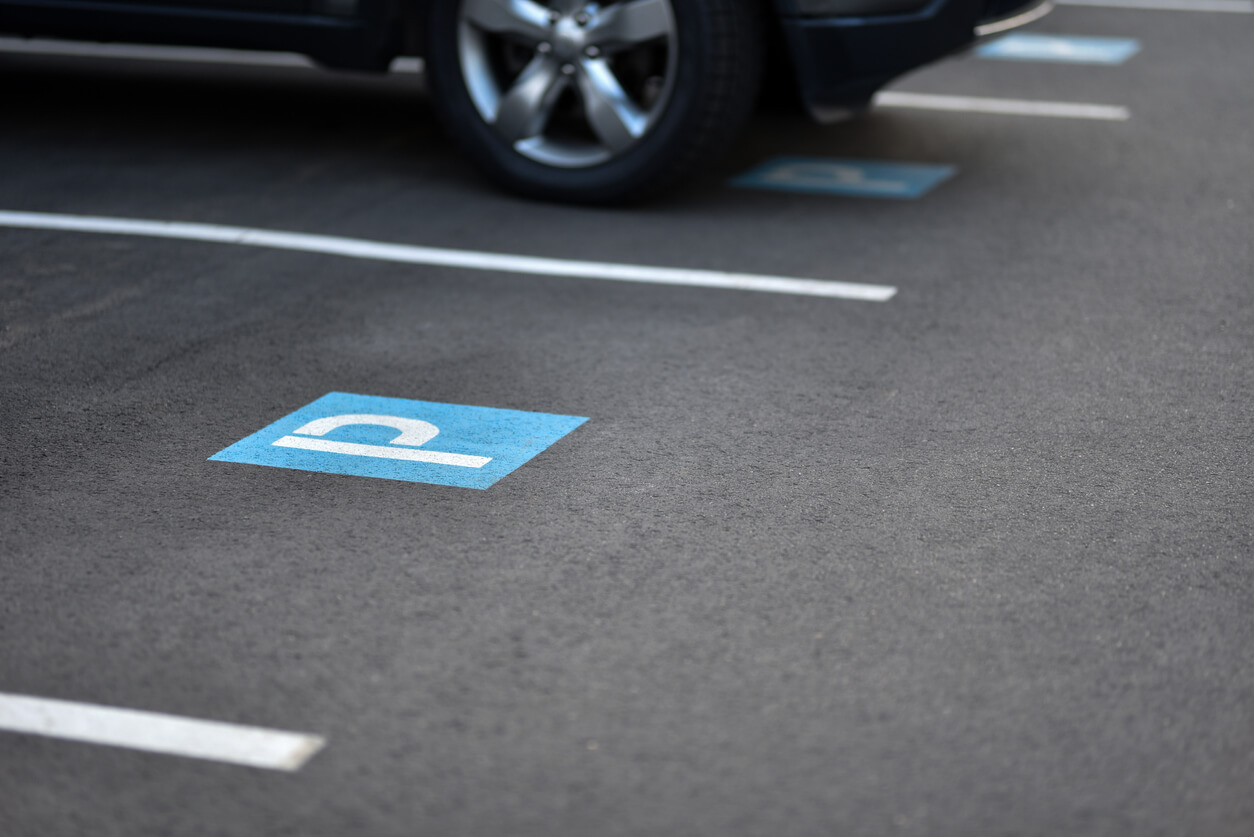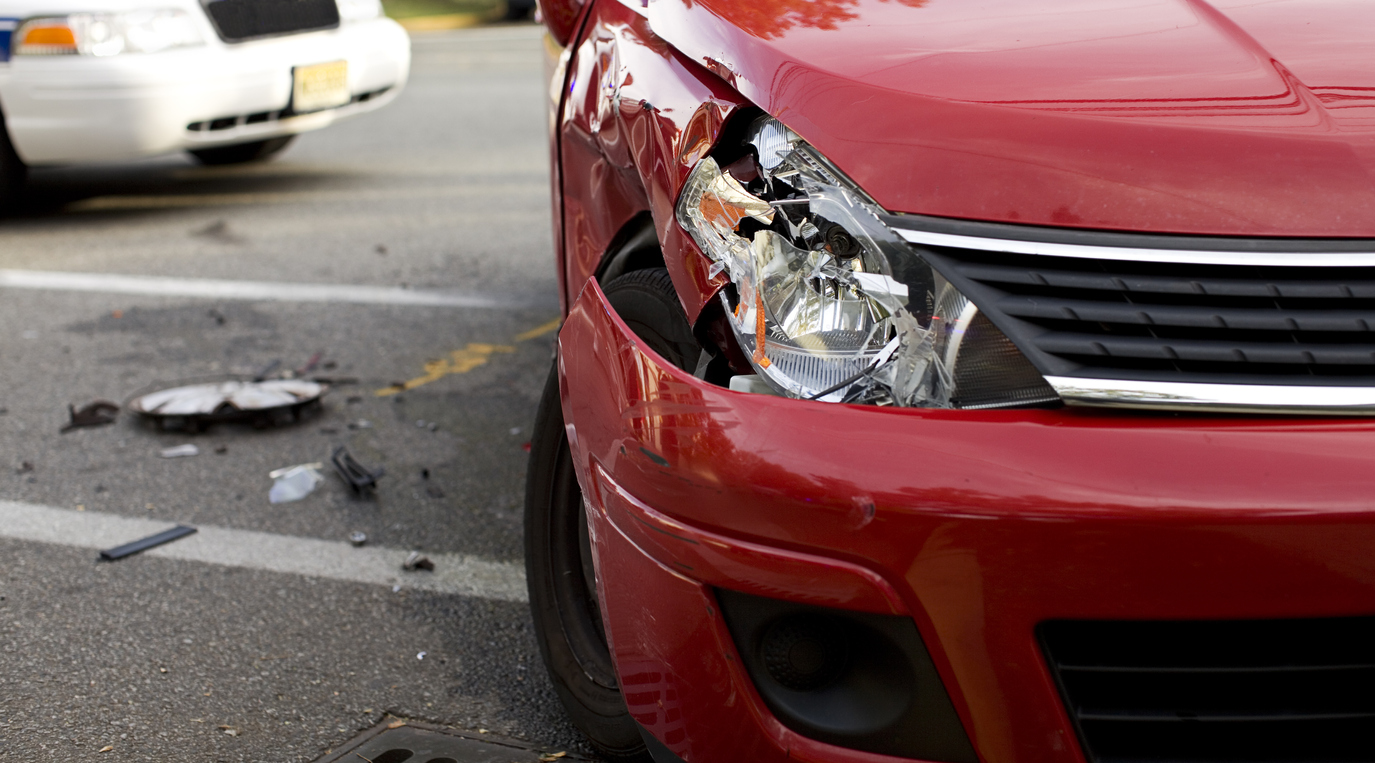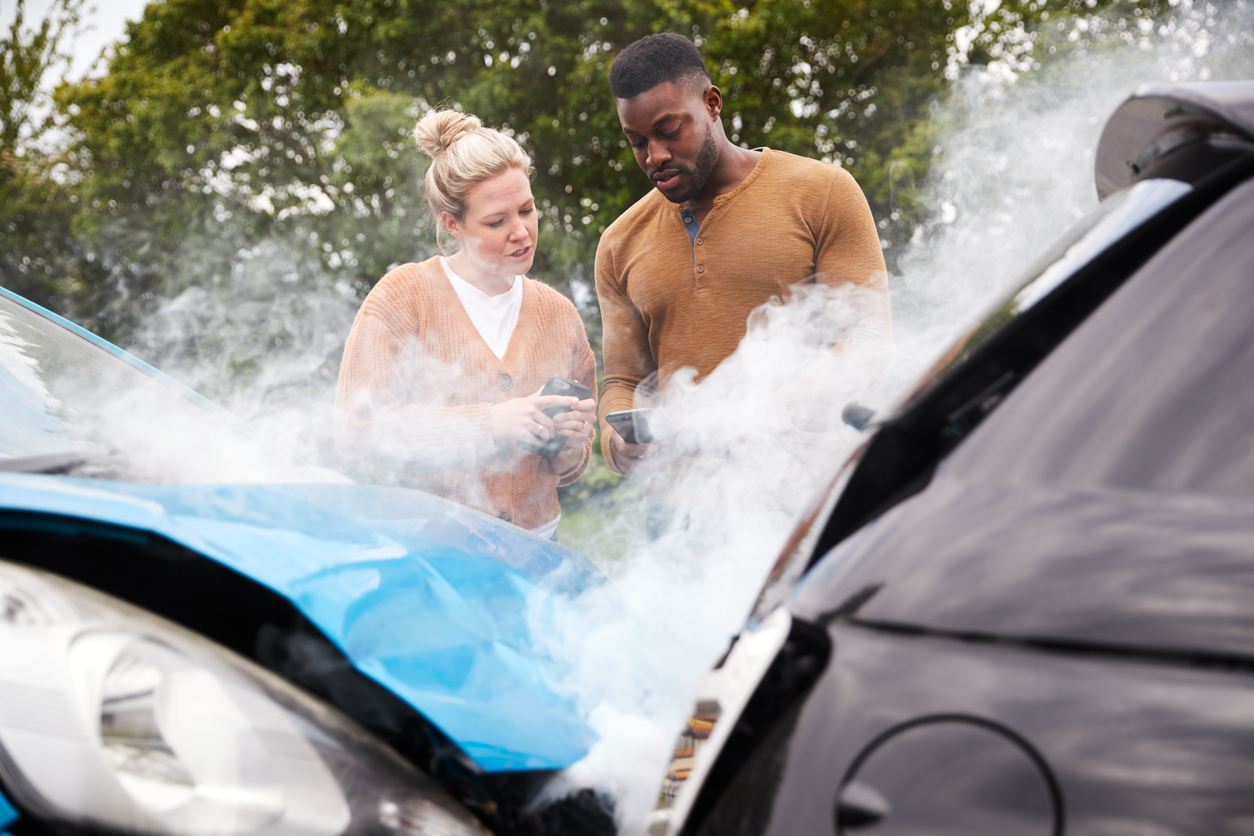Unfortunately, joints like the shoulder can bear the brunt of force in an accident. Whether it be the force of impact in a car accident or trying to catch yourself after you trip and fall from a hazardous property condition, your shoulders can be particularly vulnerable to injury. Shoulder injuries can have a serious impact on your arms’ range of motion and mobility. Furthermore, shoulder injuries can be incredibly painful, require invasive medical treatment, and have lasting consequences for a person’s health and well-being. Here, we will take a look at some of the treatment options you may be presented with should you sustain a shoulder injury
Shoulder Injured in an Accident? Possible Treatments
The type of injury will likely dictate the recommended course of treatment for your shoulder injury as will the extent of the injury. For instance, a torn rotator cuff is not an uncommon shoulder injury to sustain in an accident. The rotator cuff refers to the group of muscles in the shoulder that help the shoulder move and allow for a broad range of motion. A torn rotator cuff may require surgery. In some cases, surgery may be deemed unnecessary. An injury victim with a torn rotator cuff will likely, however, be recommended for extensive physical therapy to help strengthen the area and work towards improving range of motion as the injury heals. Additionally, massage therapy might be recommended in order to ease muscle tension, let the muscles relax, and reduce pain. A doctor may also prescribe pain medication to reduce swelling and pain.
Injury victims may also have sustained a shoulder fracture. The shoulder is comprised of a group of bones that work in concert to allow for shoulder and arm movement. This group of bones includes the humerus, clavicle, and scapula. The humerus is the upper arm bone, the clavicle is the collarbone, and the scapula is the shoulder blade. Surgery for shoulder fractures may involve bone grafting and soft tissue repaid or even, in more severe situations, a total shoulder replacement. Radiographic studies such as x-rays, CT scans, and MRIs will be used to diagnose the extent of a shoulder injury. Surgery may not even be required, but a doctor may recommend things like icing, use of a sling, prescription pain medication, and physical therapy. Once the bones have started to heal, physical therapy, as well as range-of-motion exercises, can help not only repair the area but strengthen it once again.
If you have dislocated your shoulder in an accident, you may also be recommended for surgery. More likely, however, is that you will not need surgery, but will be recommended for use of a sling to help immobilize the shoulder as it heals. You are also likely to be recommended for physical therapy, massage therapy, and other palliative care.
Philadelphia Personal Injury Attorneys
If you have sustained a shoulder injury or other injury type in an accident, do not wait to call the dedicated personal injury team at Cooper Schall & Levy about your options. Waiting on hiring an attorney risks your legal rights and the strength of your case. Contact us today.

